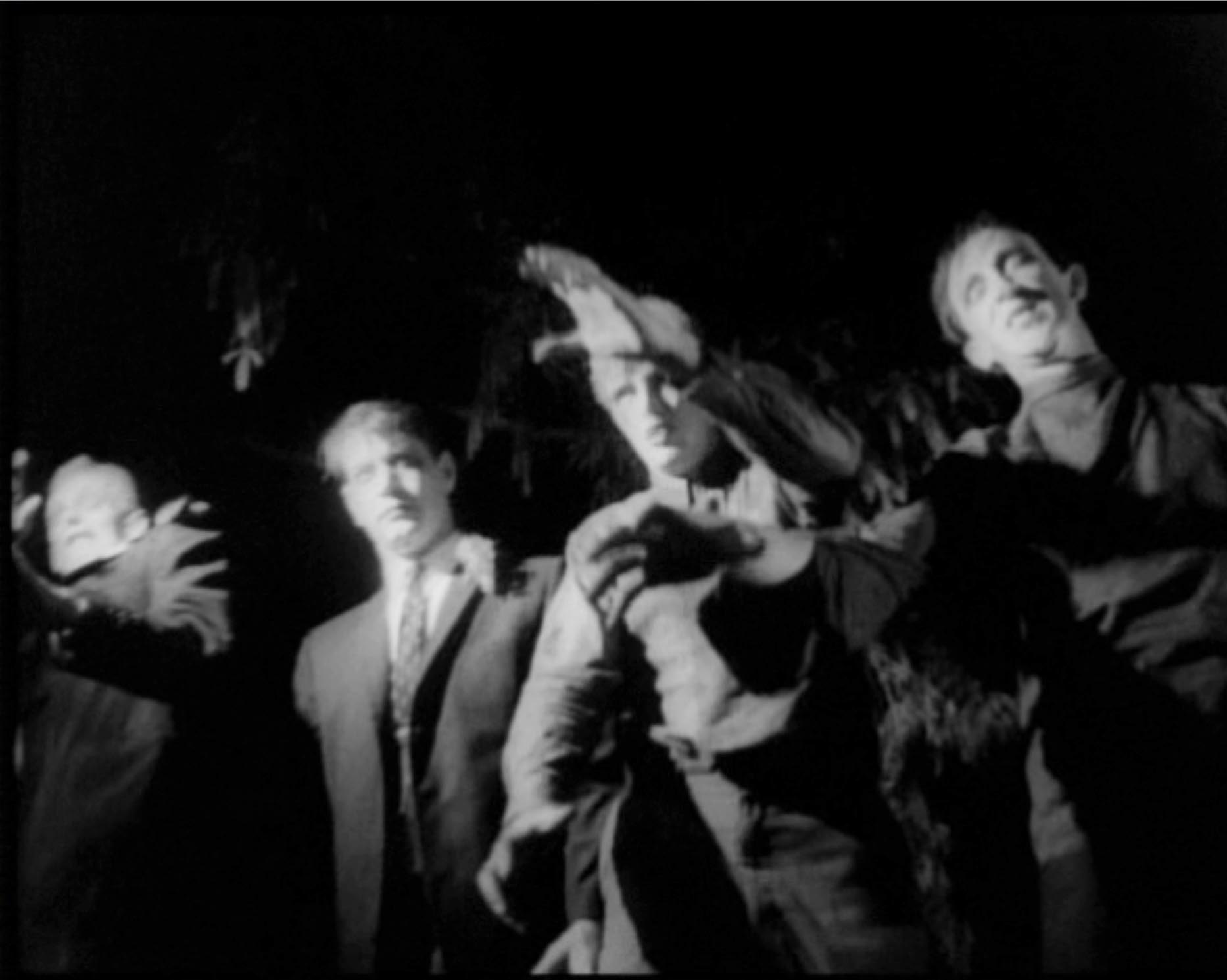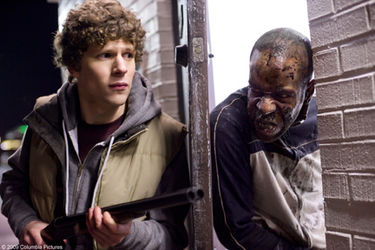 Armed men hijack a New York City subway train, holding the passengers hostage in return for a ransom, and turning an ordinary day’s work for dispatcher Walter Garber (Denzel Washington)Â into a face-off with the mastermind (John Travolta)Â behind the crime (IMDB).
Armed men hijack a New York City subway train, holding the passengers hostage in return for a ransom, and turning an ordinary day’s work for dispatcher Walter Garber (Denzel Washington)Â into a face-off with the mastermind (John Travolta)Â behind the crime (IMDB).
Tony Scott’s attempt at remaking 1974’s “The Taking of Pelham One Two Three” surprisingly fails, when in reality with all this talent involved, it should be sizzling. Not that there’s much you can do to improve the other classic film, but giving it a modern spin with scenery chewing actors like Denzel Washington and John Travolta should be one of the most exciting films of the year. Not to be. Scott’s infamous MTV editing that overwhelmed “Man on Fire” and “Domino” is on display here once again, the dialogue is trashy, and the director also seems to have little faith in the suspense of the story. Truthfully there isn’t much, unlike the original, and so Scott splices some ridiculous crash sequences (which really feel quite stupid) in between Travolta’s rantings.
That brings up Travolta, a talented actor and sometimes entertaining villain (Face/Off, Broken Arrow) and other times not so much (Swordfish). But what seems a perfect vehicle for him, turns out to be one of his most ham-fisted performances in quite some time. His constantly whiny bad guy, Ryder, seems to lack any shred of intelligence, and his dialogue in this thing is often unbelievably campy. While Denzel Washington has a settled in, humbled performance that doesn’t require much, Travolta is rather hilarious and doesn’t play well in generating any tense moments.
This new “Pelham” is not the wild ride and sparring match-up it should have been. I typically like Tony Scott’s work (True Romance, Crimson Tide, Enemy of the State, Spy Game) and even much of his maligned work (Man on Fire, Domino, Deja Vu). But “Pelham 123” is a ludicrous bore that has none of the suspense of the original, and wants to be a popcorn actioner when it should be an intense thriller. A major disappointment. I encourage anyone interested in this film to check out the original film first.
[Rating:2.5/5]

 What is with all these zombie movies?? Is our culture really so morbid that we can’t get enough of seeing human bodies hacked to pieces? Zombieland (Dir. Ruben Fleischer) is only the latest in a veritable flood of ketchup-splattered, limb-laden flicks from the past few years in which humans are transformed into flesh-eating monsters and terrorize the few souls unaffected by the radiation, virus, or whatever.
What is with all these zombie movies?? Is our culture really so morbid that we can’t get enough of seeing human bodies hacked to pieces? Zombieland (Dir. Ruben Fleischer) is only the latest in a veritable flood of ketchup-splattered, limb-laden flicks from the past few years in which humans are transformed into flesh-eating monsters and terrorize the few souls unaffected by the radiation, virus, or whatever.



 It’s hard to put my finger on why I like The Nanny Diaries. There isn’t a single shootout, car wreck, or fist fight in the entire thing; not even one punch thrown to accent a dramatic moment. Not only that, but (male audience members be warned) this is very much a chick flick – be prepared for
It’s hard to put my finger on why I like The Nanny Diaries. There isn’t a single shootout, car wreck, or fist fight in the entire thing; not even one punch thrown to accent a dramatic moment. Not only that, but (male audience members be warned) this is very much a chick flick – be prepared for 


 Bruce Willis has spent a lot of his career kicking in doors, but I bet this is the first time he’s had to do it just to get his wife out of bed. Surrogates is a disturbing story of man kind’s dependence on technology and susceptibility to control by fear.  In the not-too-distant future, mid-Sunday A.D., 98% of all humans live vicariously through life-like robots. They lie in chairs that look like the offspring of a La-Z-Boy and a virtual reality entertainment center (“stem chairs”), and rarely leave their homes. Their work, and all other interaction, is done by their “surrogates,†androids connected to their brain stems.
Bruce Willis has spent a lot of his career kicking in doors, but I bet this is the first time he’s had to do it just to get his wife out of bed. Surrogates is a disturbing story of man kind’s dependence on technology and susceptibility to control by fear.  In the not-too-distant future, mid-Sunday A.D., 98% of all humans live vicariously through life-like robots. They lie in chairs that look like the offspring of a La-Z-Boy and a virtual reality entertainment center (“stem chairs”), and rarely leave their homes. Their work, and all other interaction, is done by their “surrogates,†androids connected to their brain stems.







